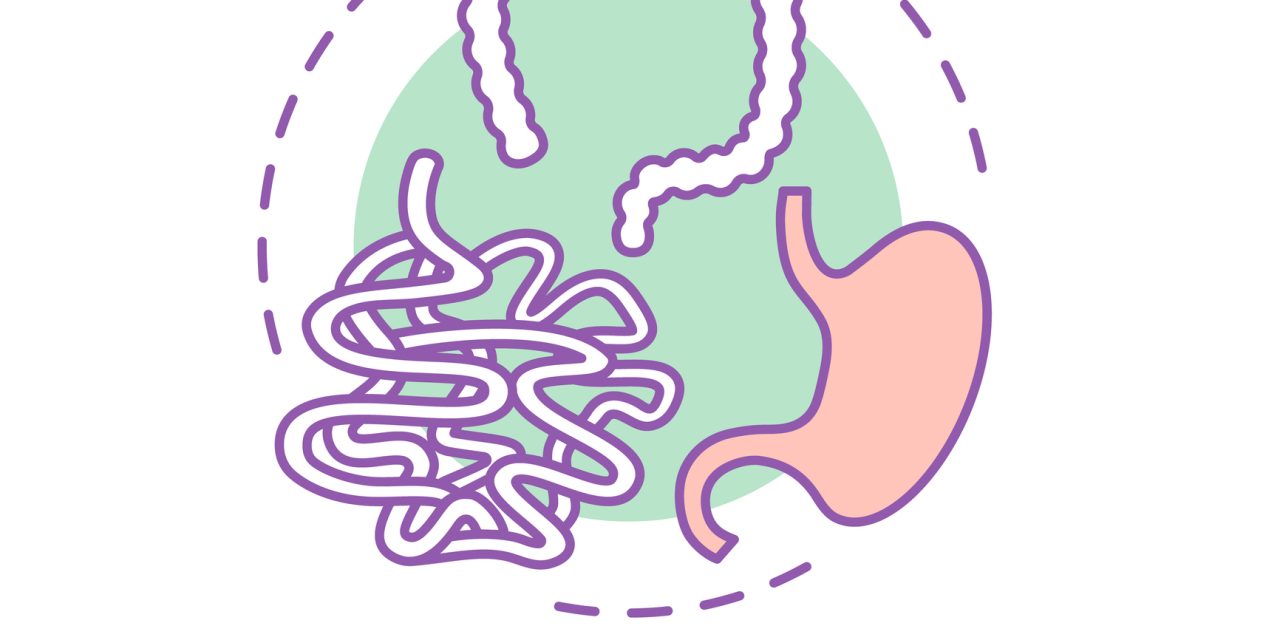For a study, it was determined that gut microbes had an important influence on the health of the host. Antibiotics were known to disturb the microbial equilibrium. It impacted pathogenic and host-associated bacteria alike. The researchers aimed to determine the effects of the antibiotic paromomycin on the luminal and mucosa-associated microbiota at the DNA (abundance) and RNA (potential activity) levels, as well as any distinctions that might exist. The effects of antibiotic treatment on the gut microbiota were studied in 5 healthy people (ages 20–22). The antibiotic paromomycin was given to all of the subjects for 3 days. Before and immediately after stopping antibiotic therapy, as well as after a 42-day recovery period, faeces samples and sigmoidal biopsies were taken. About 16S rRNA and 16S rRNA gene amplicon libraries, as well as high-throughput pyrosequencing, were used to identify compartment- and treatment status-specific indicator operational taxonomic units (OTUs), as well as abundance- and activity-specific patterns. At the DNA level, the microbial composition of the lumen and mucosa differed dramatically from the RNA level. Antibiotic treatment affected the microbiota in a similar way, impacting both luminal and mucosal microorganisms. A number of OTUs were found to be compartment and/or treatment status specific. Some indicator OTUs had quite a different abundance and activity patterns. Furthermore, the findings reveal that antibiotic medication alters the makeup of the gut microbiota at both the potential activity and abundance levels, depending on the treatment state. It could help researchers better understand the complicated processes of gut microbiota changes that play a role in resilience mechanisms and the development of antibiotic-related clinical disorders.
Link:www.tandfonline.com/doi/full/10.1080/19490976.2015.1062959


